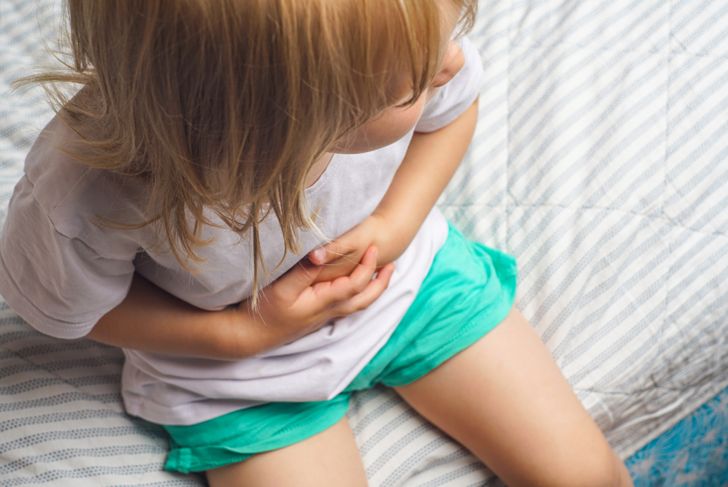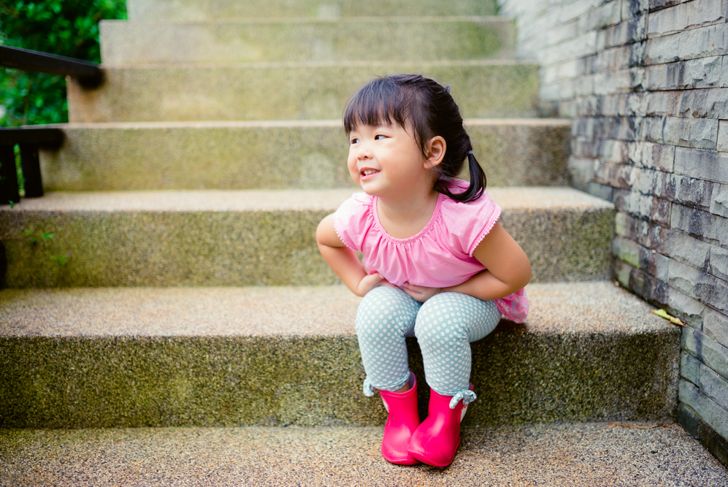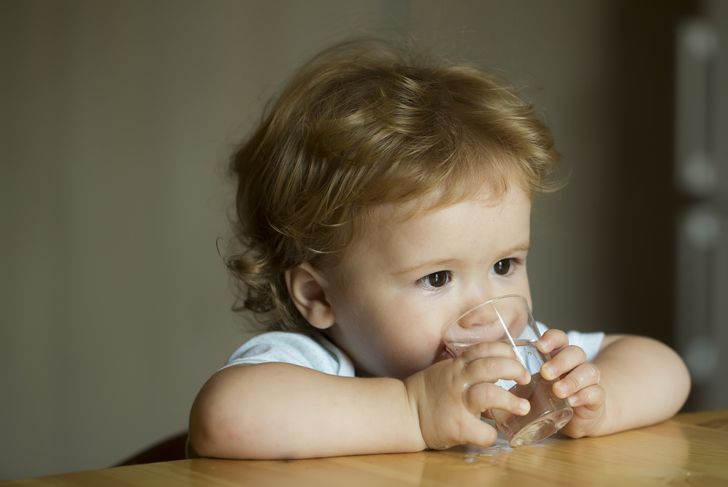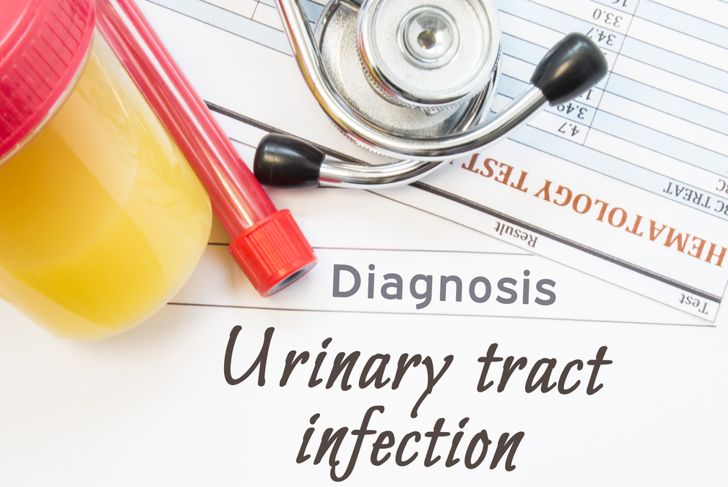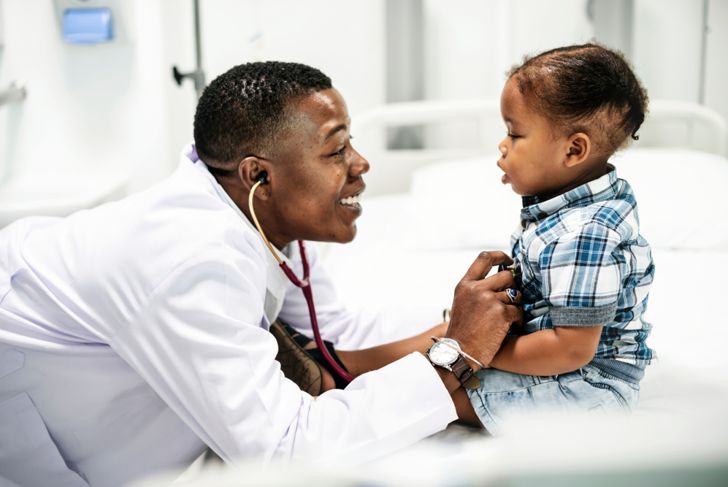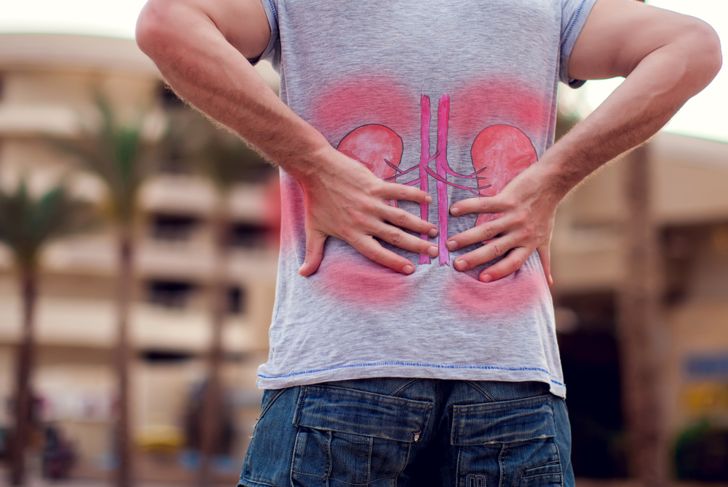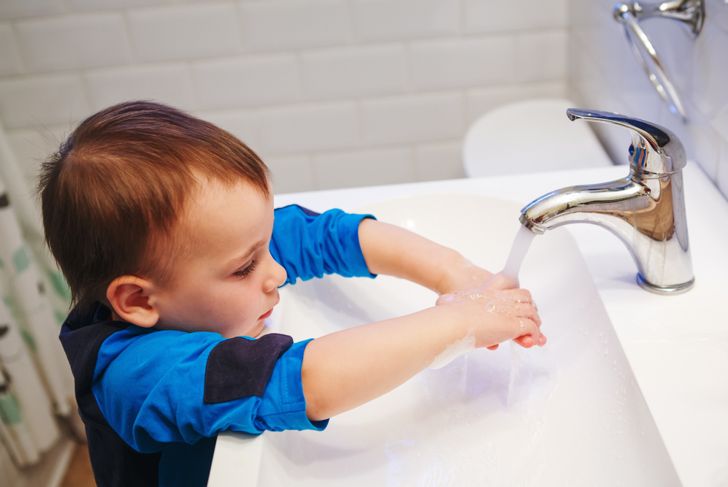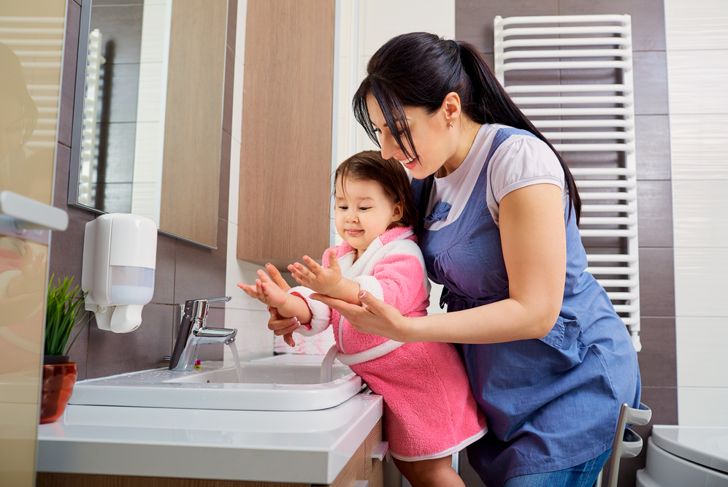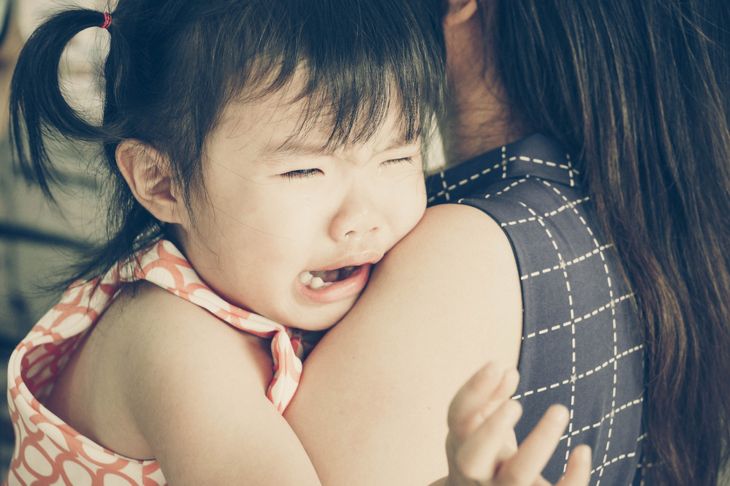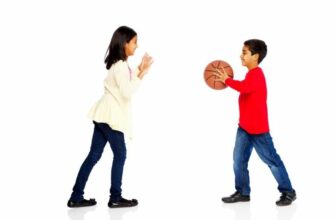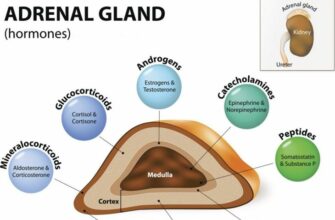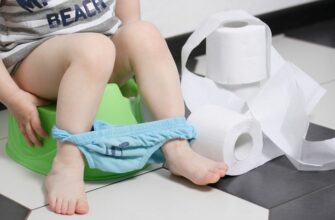Bladder infections are a kind of urinary tract infection. They can be uncomfortable and sometimes scary, but they are very common in children and babies, with one in 12 girls and one in 50 boys getting a bladder infection before the age of seven and usually getting better in a few days.
Causes
Bladder infections are caused by bacteria that make their way into the urinary tract. While the one-way flow and excretion of urine typically keep the bladder free from harmful bacteria, this is not foolproof. Occasionally, bacteria can remain in the bladder, causing an infection.
Signs and Symptoms
Because small children have difficulty verbalizing the symptoms they feel, parents and doctors might overlook bladder infections in this age group. Sometimes the infection can pass symptom-free, or with only a fever with no apparent cause. Other possible symptoms to watch for are
vomiting or diarrhea
irritability or unexplained fussiness
loss of appetite or poor weight gain
blood in the urine or strong-smelling urine
frequent need to urinate or pain with urination
pain in the lower back or abdomen
Treatment
Treatment of a bladder infection may require antibiotics that can be administered in a variety of ways, depending on your child’s size or willingness to take medication. Antibiotics can be taken orally via pill or syringe, or intravenously. Pain medications may also be added to the treatment plan to tackle pain and fever. Additionally, children should drink plenty of fluids to help flush out the bacteria.
Research
Research has found that UTIs are among the most common infections in children, with bladder infections leading the pack. They occur most commonly in females after the age of one, although the numbers are equal between males and females in the first year. Current research seeks to discover why children react differently to bladder infections than adults and the impact of treatment on their bodies.
Prognosis
With proper treatment and care, your baby or toddler should begin feeling better within a day or two. With antibiotics, the infection should clear up within a week. If this isn’t the case and your child still feels ill after a few days, visit your healthcare professional.
Types
Bladder infections are typically categorized as either simple or complicated. Simple infections occur in normal bladders where bacteria are left behind causing the infection. Complicated bladder infections affect children with abnormal urinary systems, where the flow of urine may be obstructed due to nerve damage, a disease, or diabetes. This type of infection requires more specialized treatment.
Side Effects of Bladder Infections
Bladder infections are typically easily treated with no side effects. However, in about three percent of cases, children or babies who get a bladder infection become more susceptible to kidney problems later in life, including renal scarring. These issues could lead to hypertension, chronic renal failure, or toxemia (also known as preeclampsia) in pregnancy.
Risk Factors
As is the case with adults, young females are typically more prone to bladder infections than males, especially during potty training. This is because the urethra is shorter and is located closer to the anus. Uncircumcised males also have a slightly increased risk in their first year of life. Other factors include tight-fitting clothing, constipation, poor bathroom hygiene, and dehydration.
Prevention
The best way to prevent bladder infections in babies and toddlers is to keep their diapers clean and teach them good wiping habits as they grow. Wiping from front to back is key, particularly for female toddlers. Also, ensure your child is getting plenty of fluids to help flush bacteria.
When to Call the Doctor
At the first sign of a bladder infection, it is best to take your child to a doctor and begin a treatment plan. For more serious cases, a baby or child may need to be hospitalized. Take your symptomatic child to the hospital if
they are under a year old
they have a high fever
they have back pain
they are dehydrated
they are unable to tolerate oral antibiotics
there is a concern about the infection traveling to the bloodstream

 Home
Home Health
Health Diet & Nutrition
Diet & Nutrition Living Well
Living Well More
More